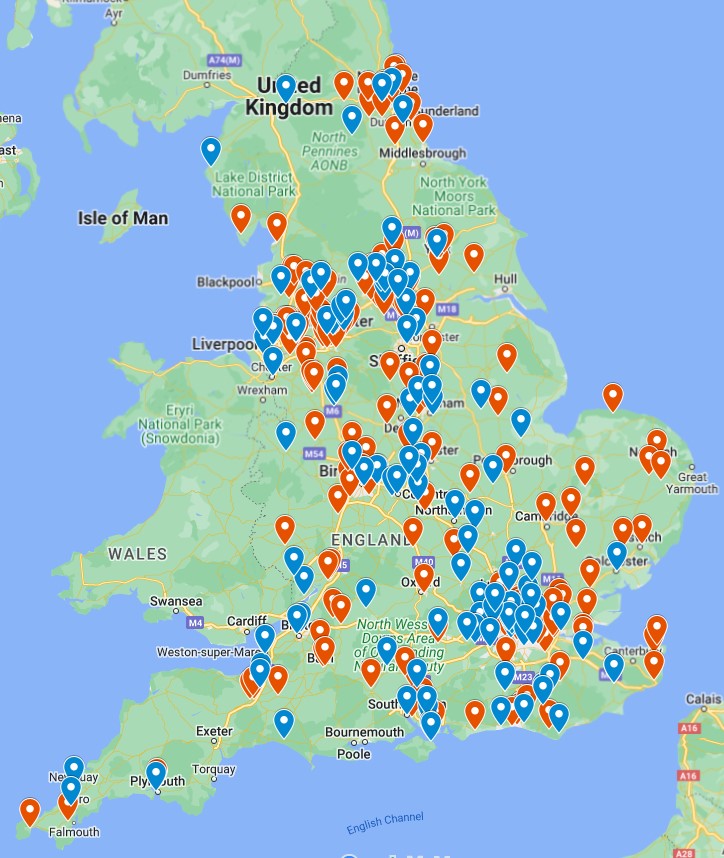
According to new analysis by the National Day Nurseries Association (NDNA), there were 186 nursery closures in England in 2022-23, compared with 124 in 2021-22.
In the last financial year, 37 per cent of the nursery closures were in the 30 per cent most deprived areas of the country. The most deprived wards saw 16 per cent of the total closures.
The NDNA warns that the data raises ‘serious questions’ about whether there will be enough childcare providers and places to deliver the expansion of the funded hours from next April.
The main findings from the analysis include:
- In 2022-23, NDNA documented 186 nursery closures, compared with 124 the year prior.
- There were a higher number of closures in the large cities, but hotspots included south and east Manchester, Leeds/Bradford area, the North East and around Bristol (see map below).
- In 2022-23, 37 per cent of the nursery closures were in the 30 per cent most deprived areas of England. This compares with 34 per cent of nursery closures in 2021-22 happening in the 30 per cent most deprived areas.
- The most deprived wards in the country saw 16 per cent of the total closures.

Nursery closures by postcode, red: 2022-23, blue: 2021-22. image: NDNA
'It is unfair that nurseries are having to close because funding has been woefully inadequate'.
Purnima Tanuku, chief executive of NDNA, said that ‘urgent action is needed now to ensure nurseries remain sustainable.’
‘The current state of our nurseries is extremely worrying, given the promises the Chancellor made to parents in the Spring Budget’, she explained.
‘The Government has announced that funding rates will go up in September, but judging by the cost of living pressures, the suggested rates will not keep pace. For many nurseries, this will be too little, too late.
‘We need urgent action now for our nurseries to remain sustainable. It is unfair that nurseries are having to close their doors for good because the early years funding has been woefully inadequate to be sustainable.’









